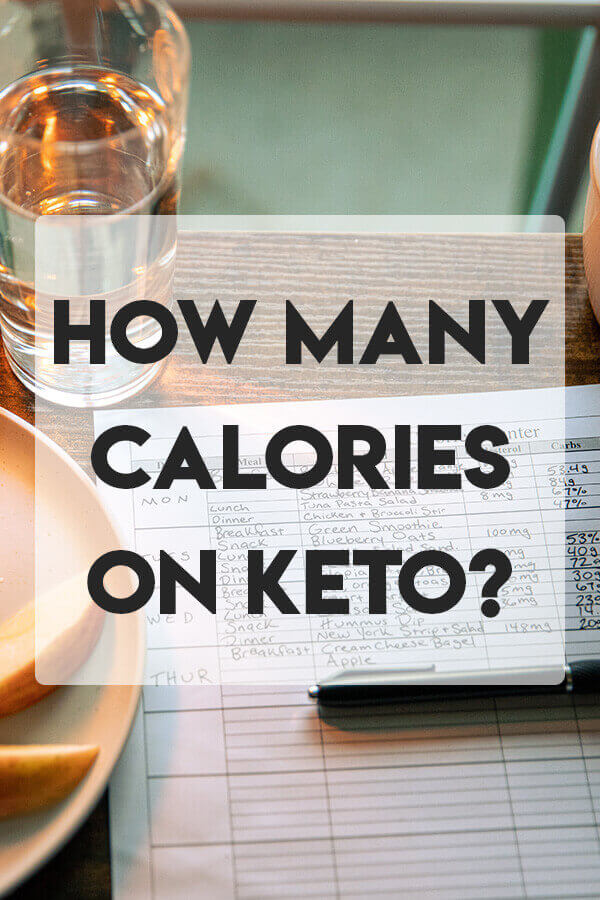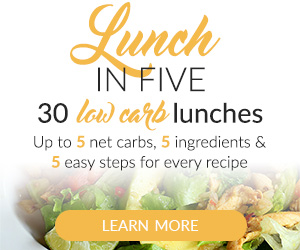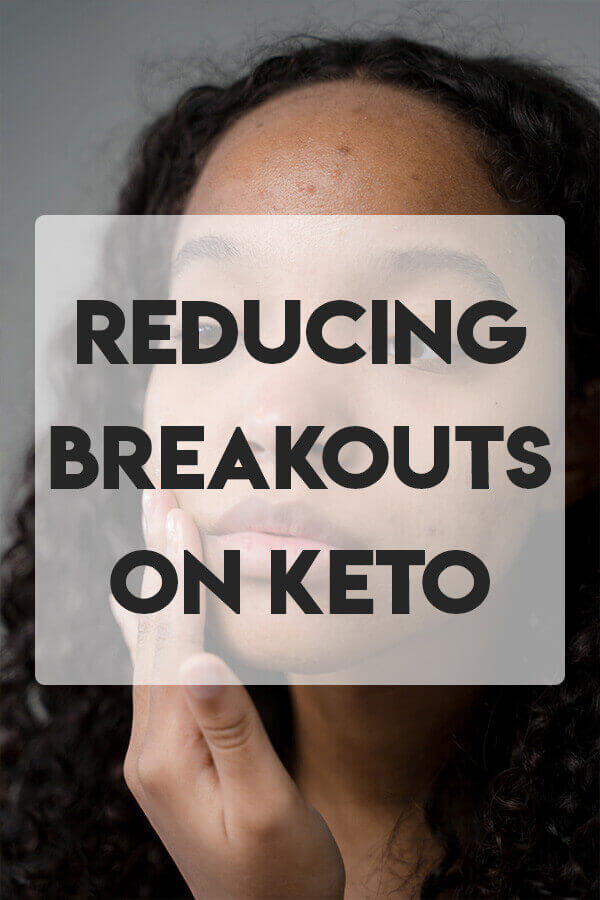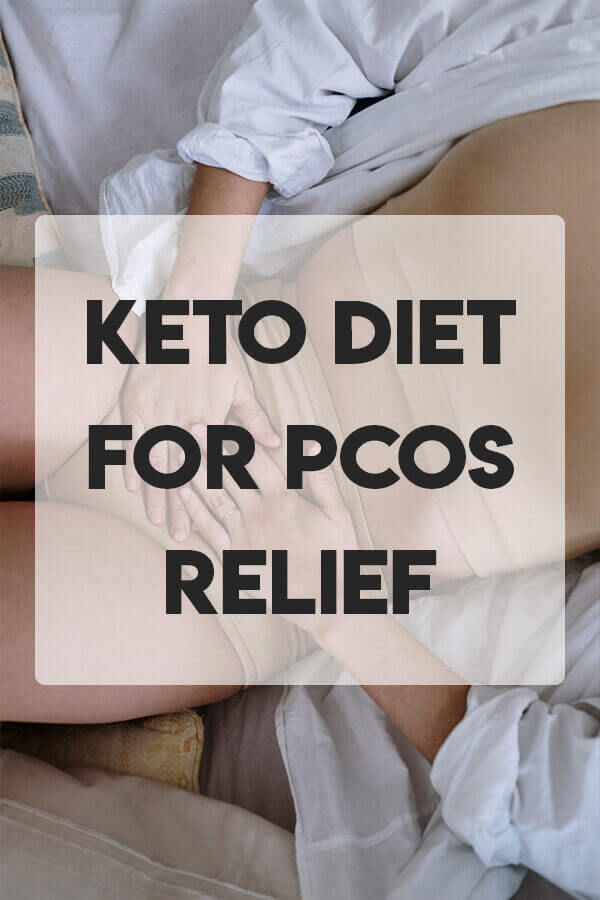Figuring Out Your Caloric Needs
So, you’re planning to dive into the ketogenic, or keto, diet. That’s awesome! But you might have one big question looming over your head: “How many calories should I eat?”.
Calorie Consumption on a Keto Diet: A Basic Overview
One of the common misconceptions about the keto diet is that calorie count doesn’t matter. While it’s true that the primary focus is on maintaining low-carb, high-fat intake, calories do play a crucial role. Why? Because ultimately, weight loss or gain is influenced by the number of calories consumed versus the number of calories burned.
How to Determine Your Calorie Intake
Determining how many calories you should consume daily on a keto diet depends on various factors, including your weight, height, age, gender, activity level, and weight loss goals. One of the most common ways to estimate your calorie needs is by calculating your Basal Metabolic Rate (BMR) and your Total Daily Energy Expenditure (TDEE).
4-Week Keto Meal Plan
- 4 Weeks of Delicious Keto Recipes!
- Leftovers and Bulk Preps Included
- Maximize Your Keto Diet's Success
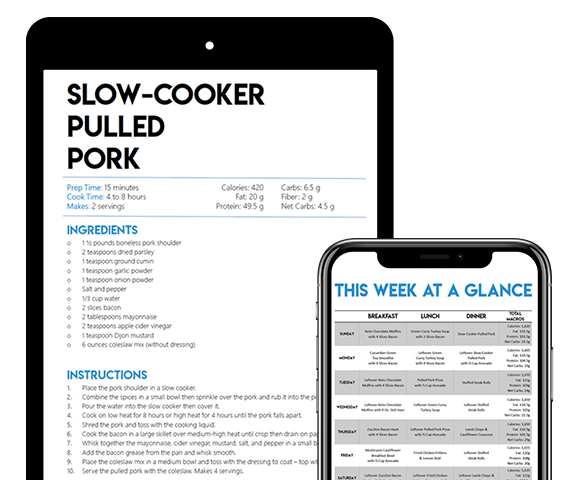
Calculating Your BMR
Your BMR represents the number of calories your body needs to perform basic functions, like breathing and maintaining body temperature, while at rest. There are several equations to estimate BMR, but the Mifflin-St Jeor Equation is one of the most accurate. Here’s how it works:
- Men: BMR = 10 × weight(kg) + 6.25 × height(cm) – 5 × age(y) + 5
- Women: BMR = 10 × weight(kg) + 6.25 × height(cm) – 5 × age(y) – 161
Calculating Your TDEE
Your TDEE, on the other hand, estimates how many total calories you burn in a day, considering your activity level. You can calculate your TDEE by multiplying your BMR by an activity factor:
- Sedentary (little or no exercise): BMR x 1.2
- Lightly active (light exercise or sports 1-3 days a week): BMR x 1.375
- Moderately active (moderate exercise or sports 3-5 days a week): BMR x 1.55
- Very active (hard exercise or sports 6-7 days a week): BMR x 1.725
- Extra active (very hard exercise or sports, physical job, or training twice a day): BMR x 1.9
Adjusting Calorie Intake for Your Goals
Once you’ve calculated your TDEE, the next step is adjusting your calorie intake based on your goals. Here’s how:
If Your Goal is Weight Loss
If you’re trying to lose weight, you’ll need to create a calorie deficit. This means consuming fewer calories than your TDEE. A safe calorie deficit is typically 500 to 1000 calories per day, which leads to a weight loss of about 1-2 pounds per week. However, it’s essential not to reduce your calories to an extreme, as this could lead to nutrient deficiencies and decrease your metabolic rate.
If Your Goal is Weight Maintenance
If you’re looking to maintain your weight, aim to consume roughly the same number of calories as your TDEE. By doing this, you’ll be able to keep your weight stable while following a ketogenic diet.
If Your Goal is Weight Gain
If you’re trying to gain weight, perhaps for muscle-building purposes, you’ll need to create a calorie surplus. This means consuming more calories than your TDEE. A safe calorie surplus is typically 250 to 500 calories per day, leading to a weight gain of about 0.5-1 pound per week.
The Role of Macros in the Keto Diet
While calorie counting is an essential part of the keto diet, it’s equally important to keep an eye on your macronutrient intake. Here’s the general macronutrient distribution on a keto diet:
- 70-75% of calories from fat
- 20-25% of calories from protein
- 5-10% of calories from carbs
To achieve these ratios, you’ll need to consume high-fat, moderate-protein, and low-carb foods. Remember, not all calories are created equal. 100 calories from a sugary snack will have a very different effect on your body than 100 calories from avocado.
For a deeper understanding of how ketogenic diets affect your health and weight, you might want to check out this comprehensive study.
It’s Not One-Size-Fits-All
So, how many calories should you eat on a keto diet? The answer is not a one-size-fits-all figure. It depends on your individual needs and goals. Whether you aim to lose, maintain, or gain weight, counting calories alongside monitoring your macronutrient intake is the key to successfully navigating the keto diet. Remember, it’s always a good idea to consult with a healthcare provider or a dietitian before starting a new diet or making significant changes to your eating habits.
If you’re looking for an easy way to keep track of your calories, macros, meals, water intake, and exercise, Try our free Total Keto Diet app. It’s available on both iOS and Android, making it a breeze to stay on top of your keto diet. You can also visit the website at totalketodiet.com for more information. Happy dieting!
NUTRITIONAL DISCLAIMER
The content on this website should not be taken as medical advice and you should ALWAYS consult with your doctor before starting any diet or exercise program. We provide nutritional data for our recipes as a courtesy to our readers. We use Total Keto Diet app software to calculate the nutrition and we remove fiber and sugar alcohols, like erythritol, from the total carbohydrate count to get to the net carb count, as they do not affect your blood glucose levels. You should independently calculate nutritional information on your own and not rely on our data. The website or content herein is not intended to cure, prevent, diagnose or treat any disease. This website shall not be liable for adverse reactions or any other outcome resulting from the use of recipes or recommendations on the Website or actions you take as a result. Any action you take is strictly at your own risk.
- Keto-Friendly Food Swaps for Common Ingredients - July 11, 2023
- Keto Diet and Acne: Reducing Breakouts and Promoting Clear Skin - July 9, 2023
- Can the Keto Diet Help with Epilepsy? - July 7, 2023
